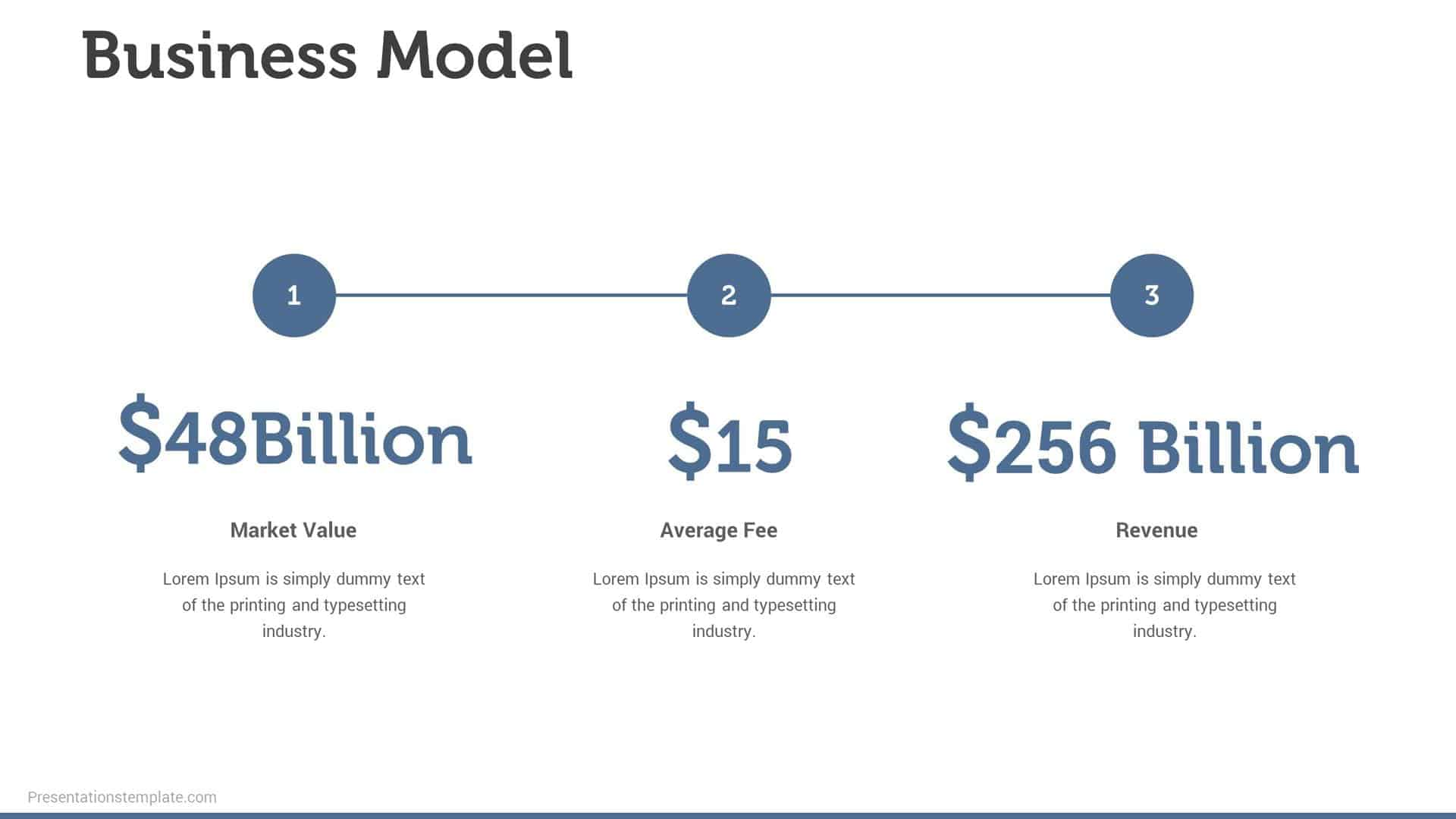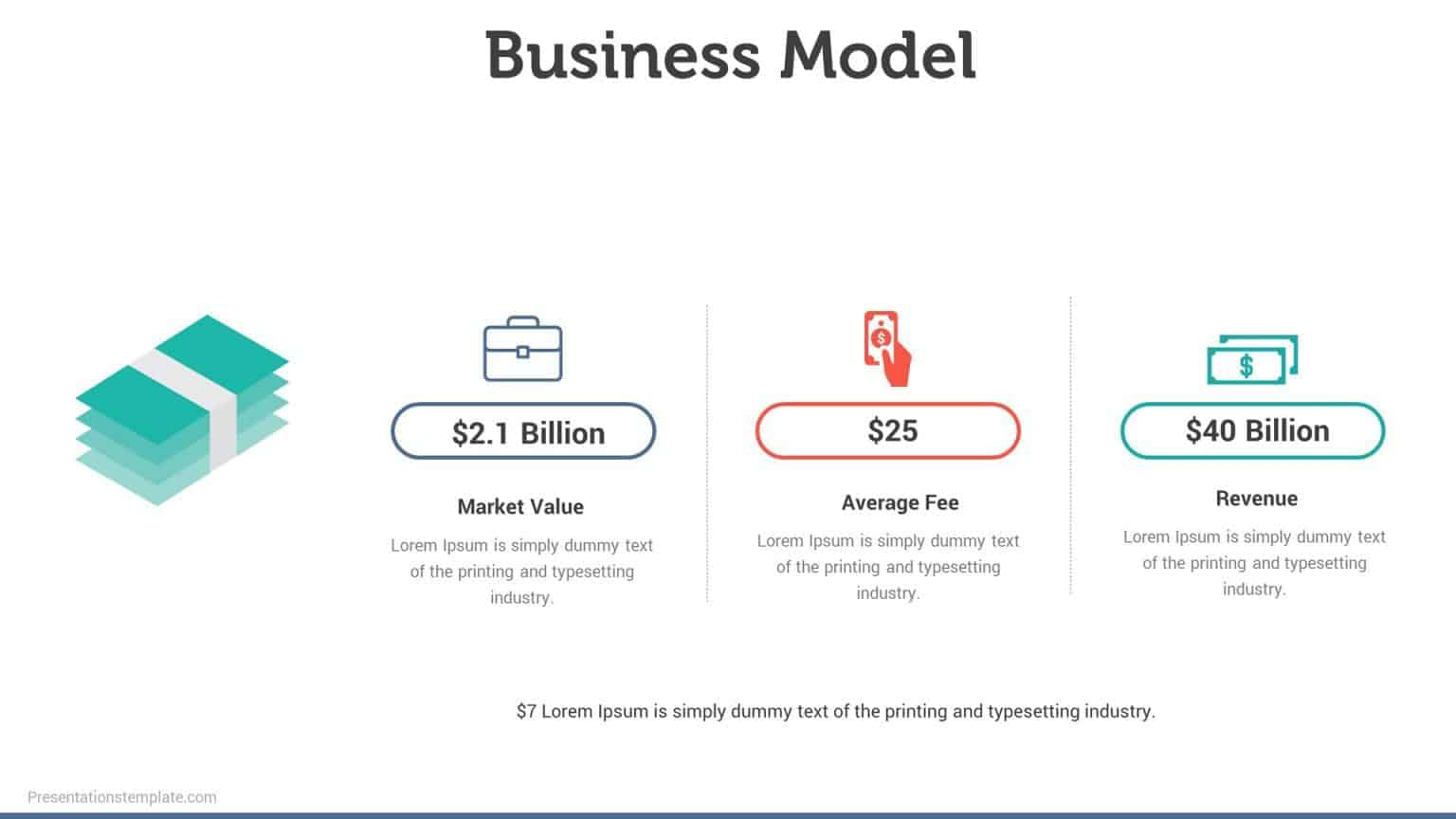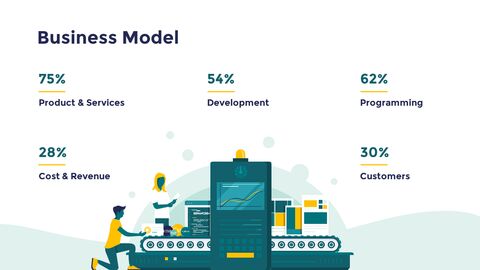
Performance varied widely within categories.

Star performers of past years, including fintechs and cryptocurrency players, have struggled against this backdrop. This contributed to the collapse or rescue of high-profile banks in the United States and the government-brokered takeover of one of Switzerland’s oldest and biggest banks. The ROE growth was accompanied by volatility over the past 18 months. And they will need to do so in a world in which technology and AI will play a more prominent role, and against the backdrop of a shifting macroeconomic environment and heightened geopolitical risks. The five are: exploiting leading technologies (including AI), flexing and potentially even unbundling the balance sheet, scaling or exiting transaction business, leveling up distribution, and adapting to the evolving risk landscape.Īll financial institutions will need to examine each of their businesses to assess where their competitive advantages lie across and within the three core banking activities of balance sheet, transactions, and distribution.


To conclude, we suggest five priorities for financial institutions as they look to reinvent and future-proof themselves. In this year’s review, we focus on this “Great Banking Transition,” analyzing causes and effects and considering whether the improved performance in 2022–23 and the recent rise in interest rates in many economies could change its dynamics. Given the size of this movement, we have broadened the scope of this year’s Global Banking Annual Review to define banks as including all financial institutions except insurance companies.

While the growth of assets under management outside of banks’ balance sheets is not new, our analysis suggests that the traditional core of the banking sector-the balance sheet-now finds itself at a tipping point. This report is a collaborative effort by Debopriyo Bhattacharyya, Miklós Dietz, Alexander Edlich, Reinhard Höll, Asheet Mehta, Brian Weintraub, and Eckart Windhagen, representing views from McKinsey’s Global Banking Practice.īelow the surface, too, much has changed: balance sheet and transactions have increasingly moved out of traditional banks to nontraditional institutions and to parts of the market that are capital-light and often differently regulated-for example, to digital payments specialists and private markets, including alternative asset management firms.


 0 kommentar(er)
0 kommentar(er)
